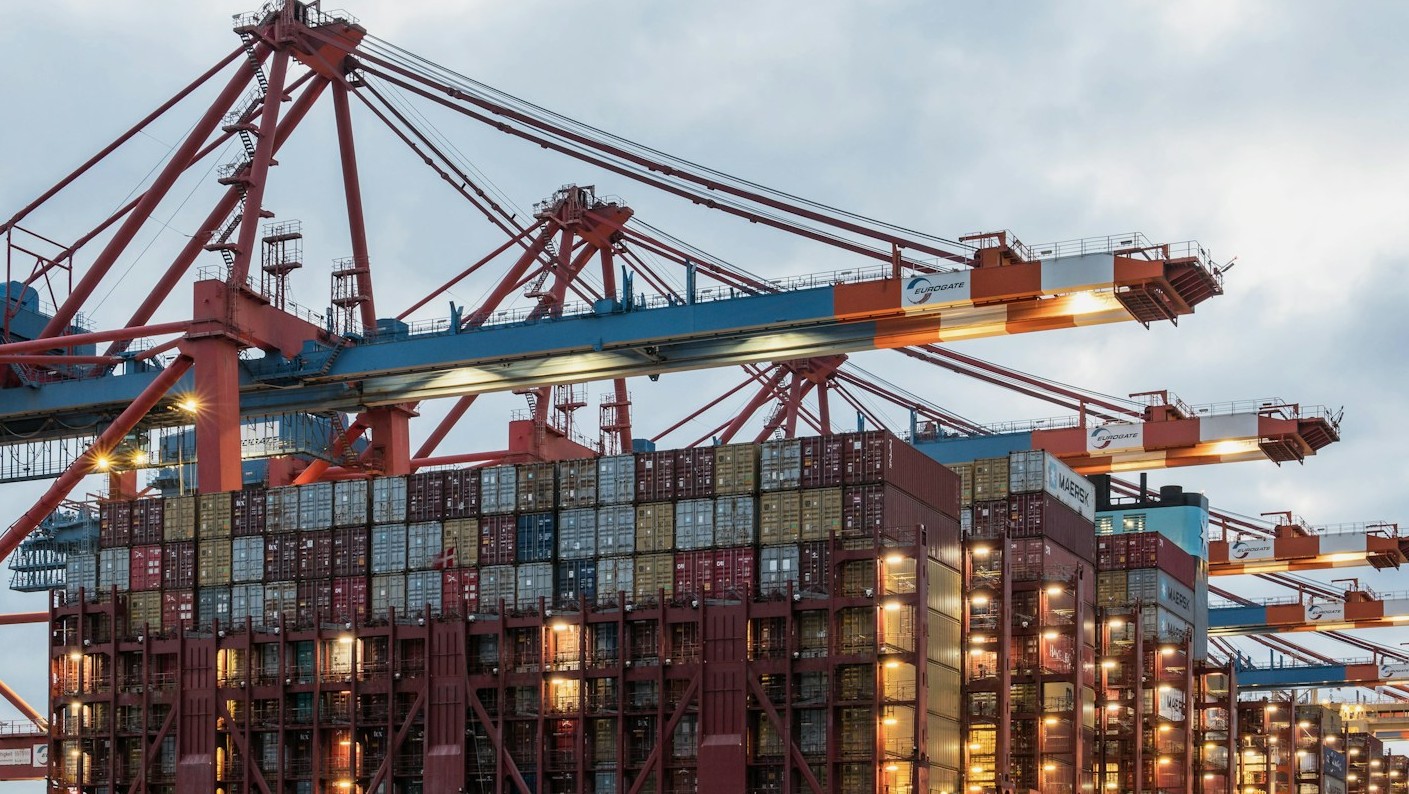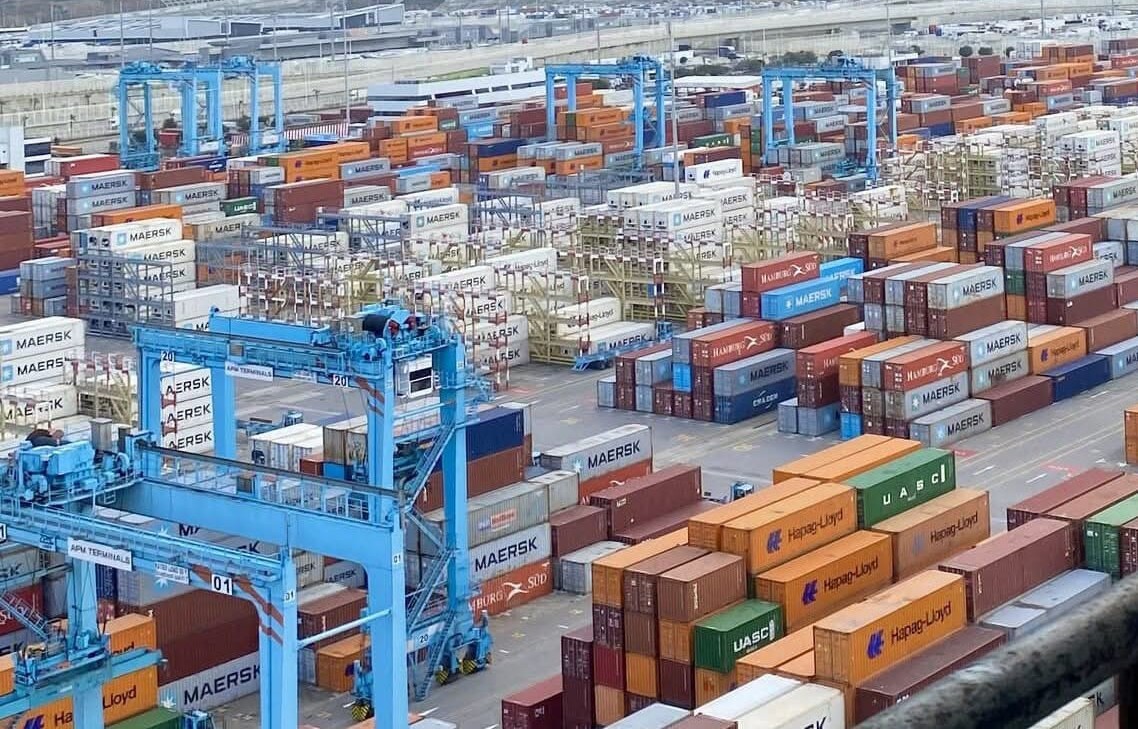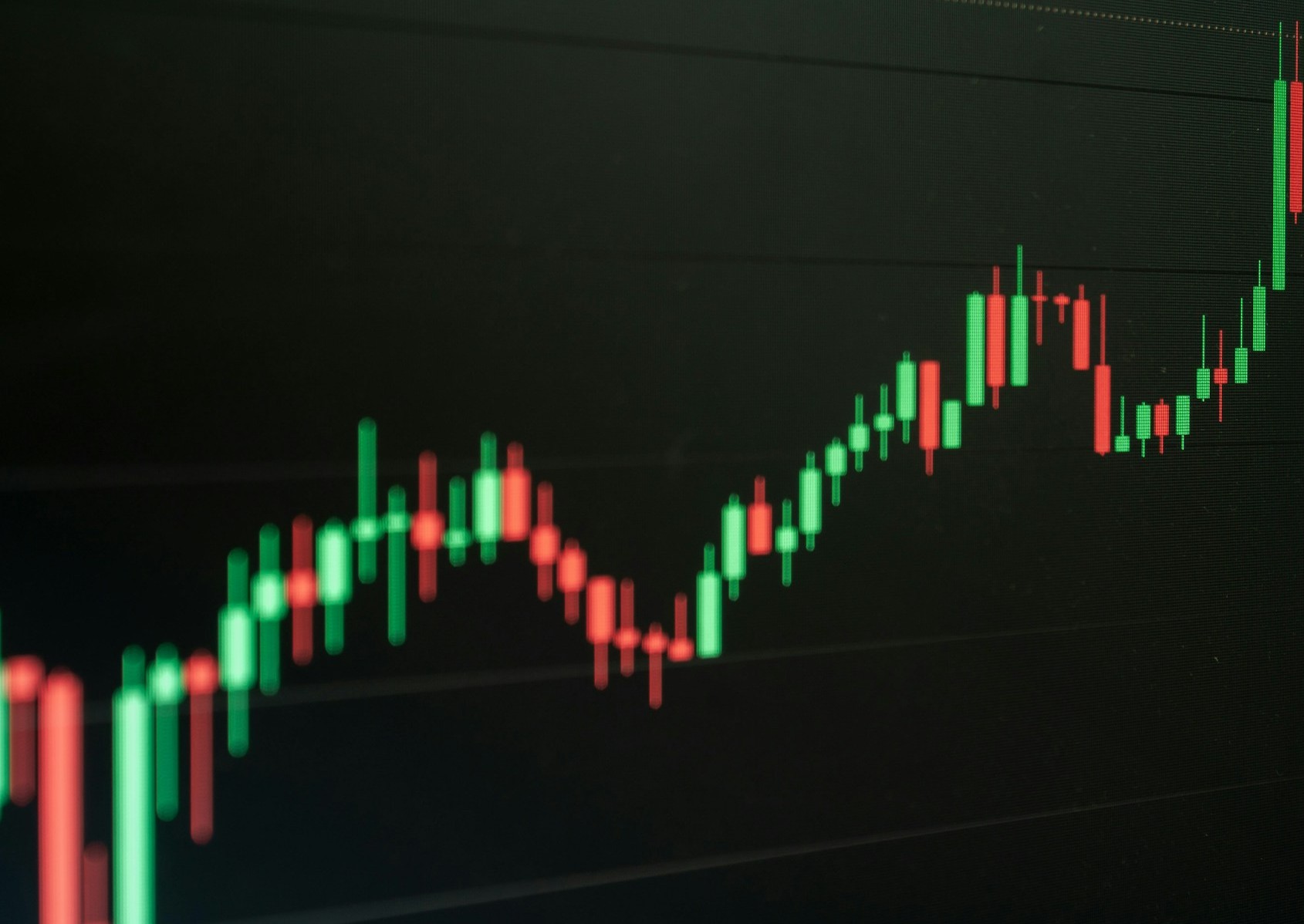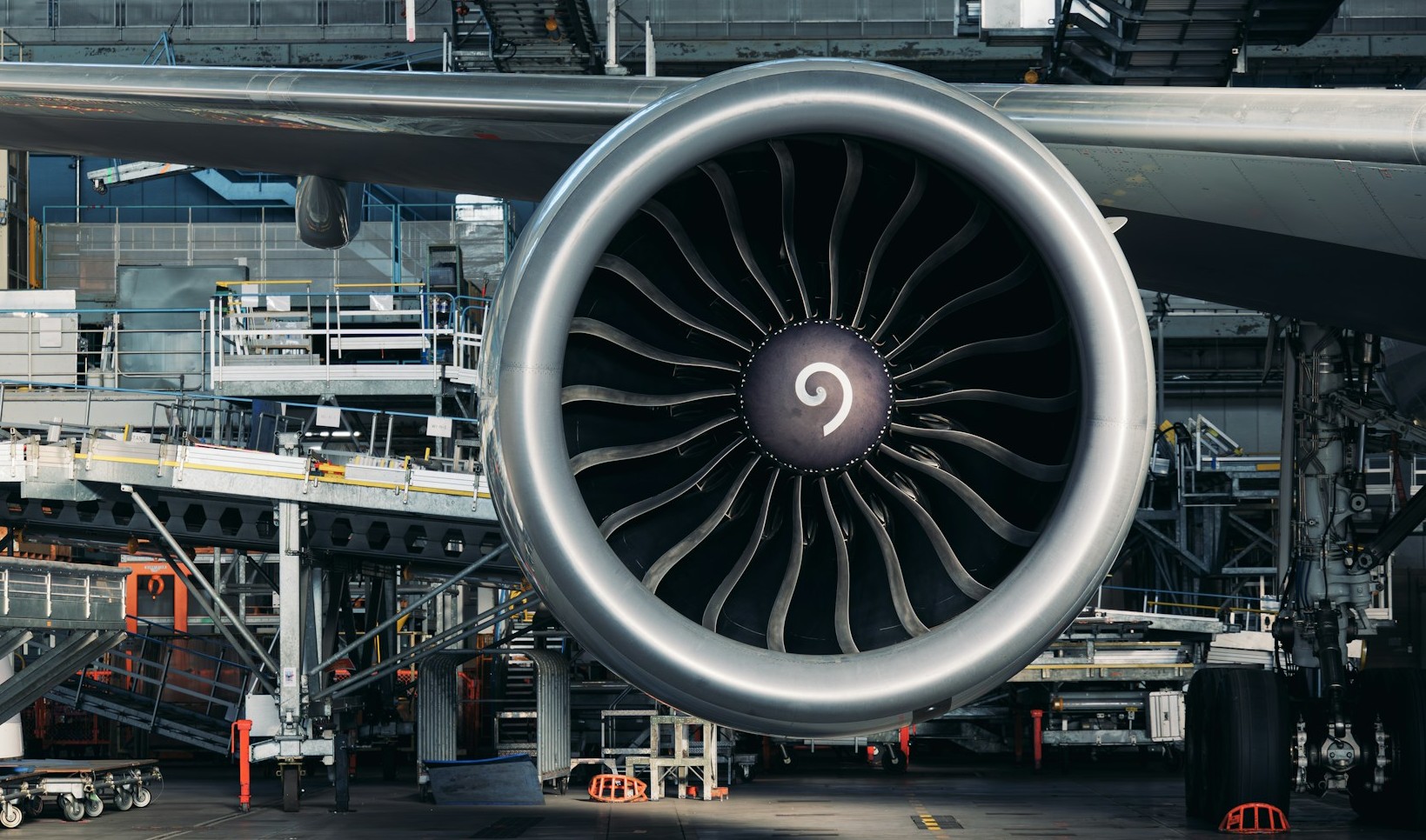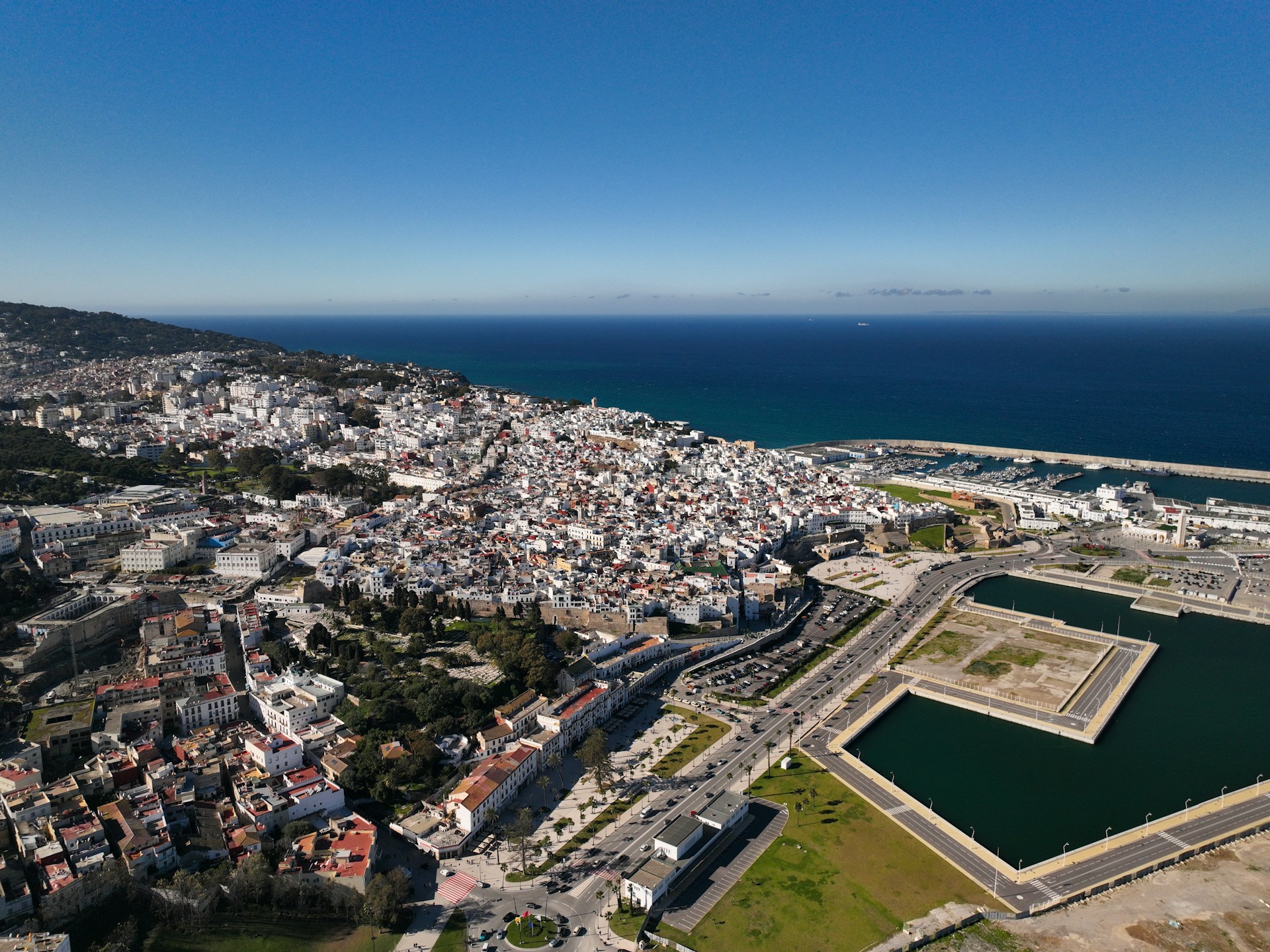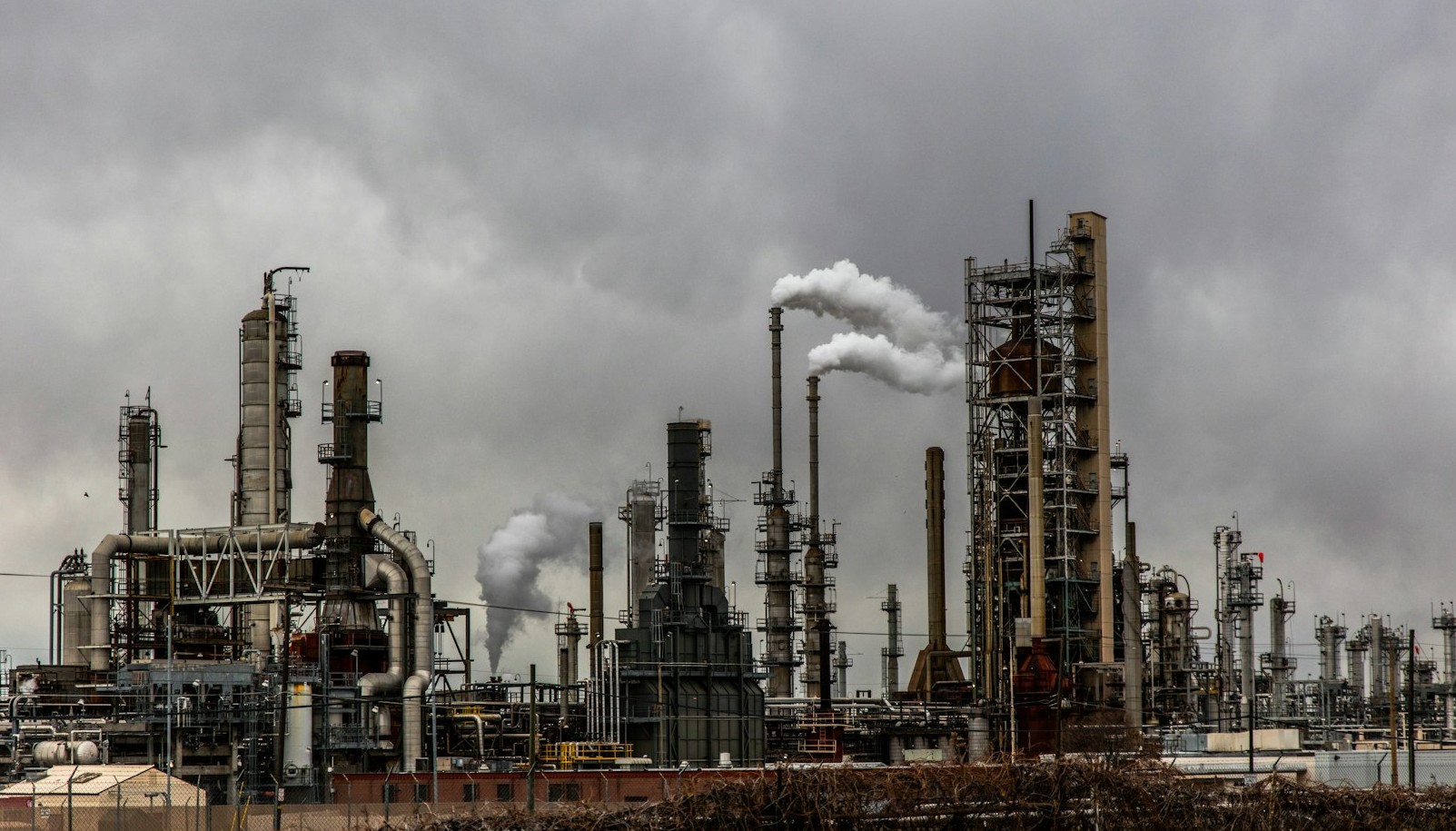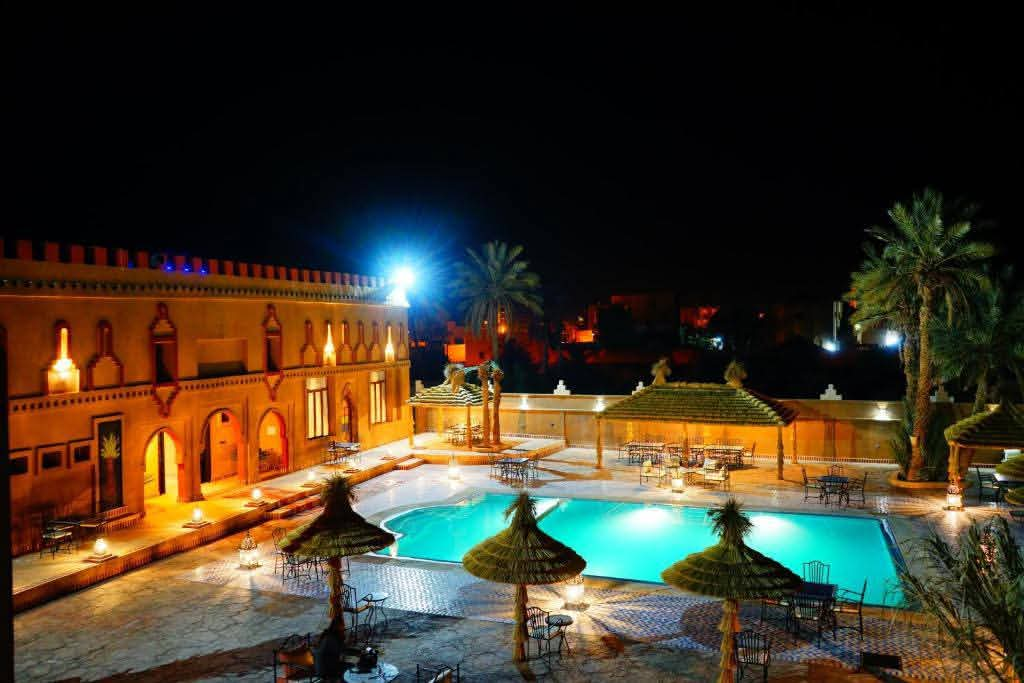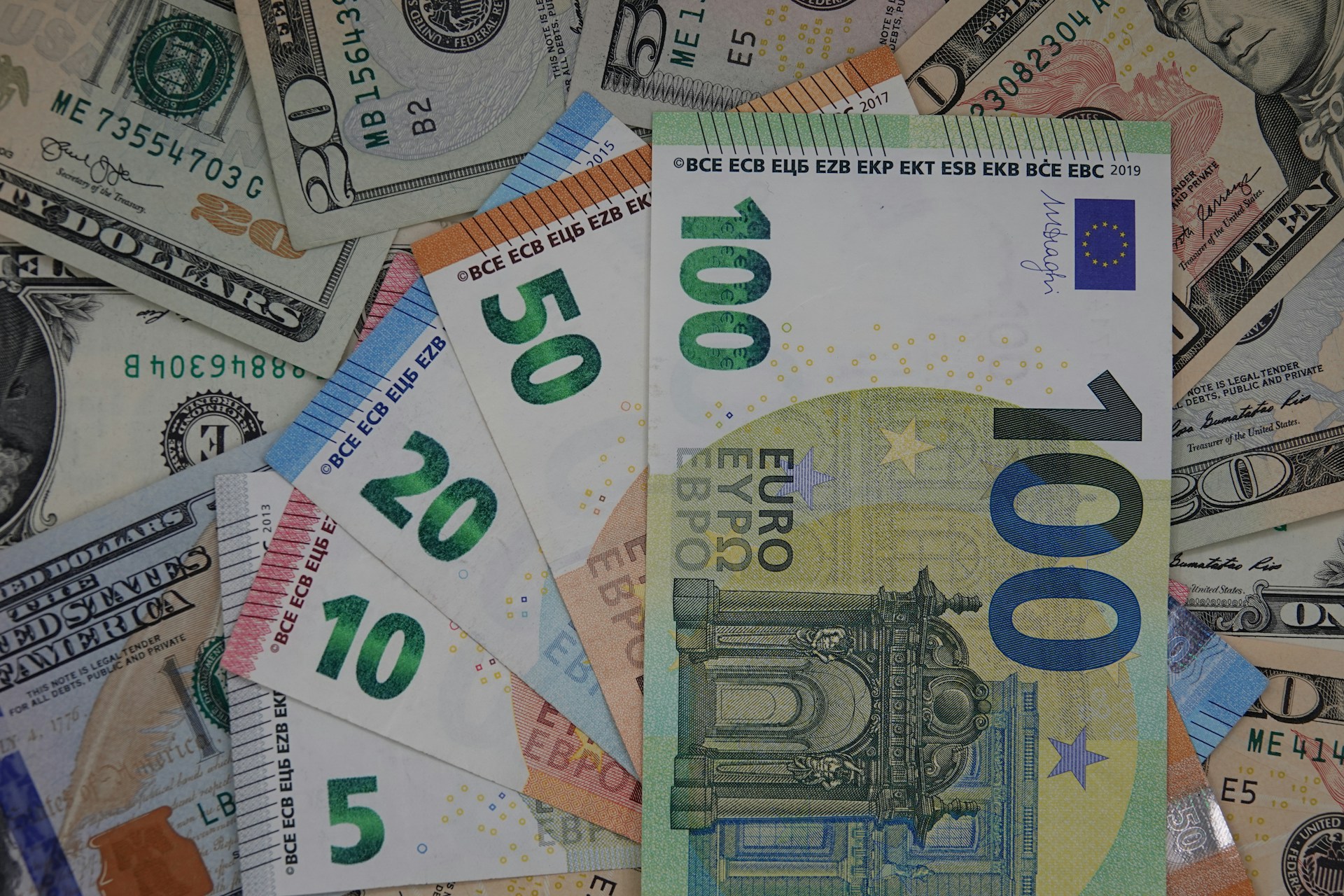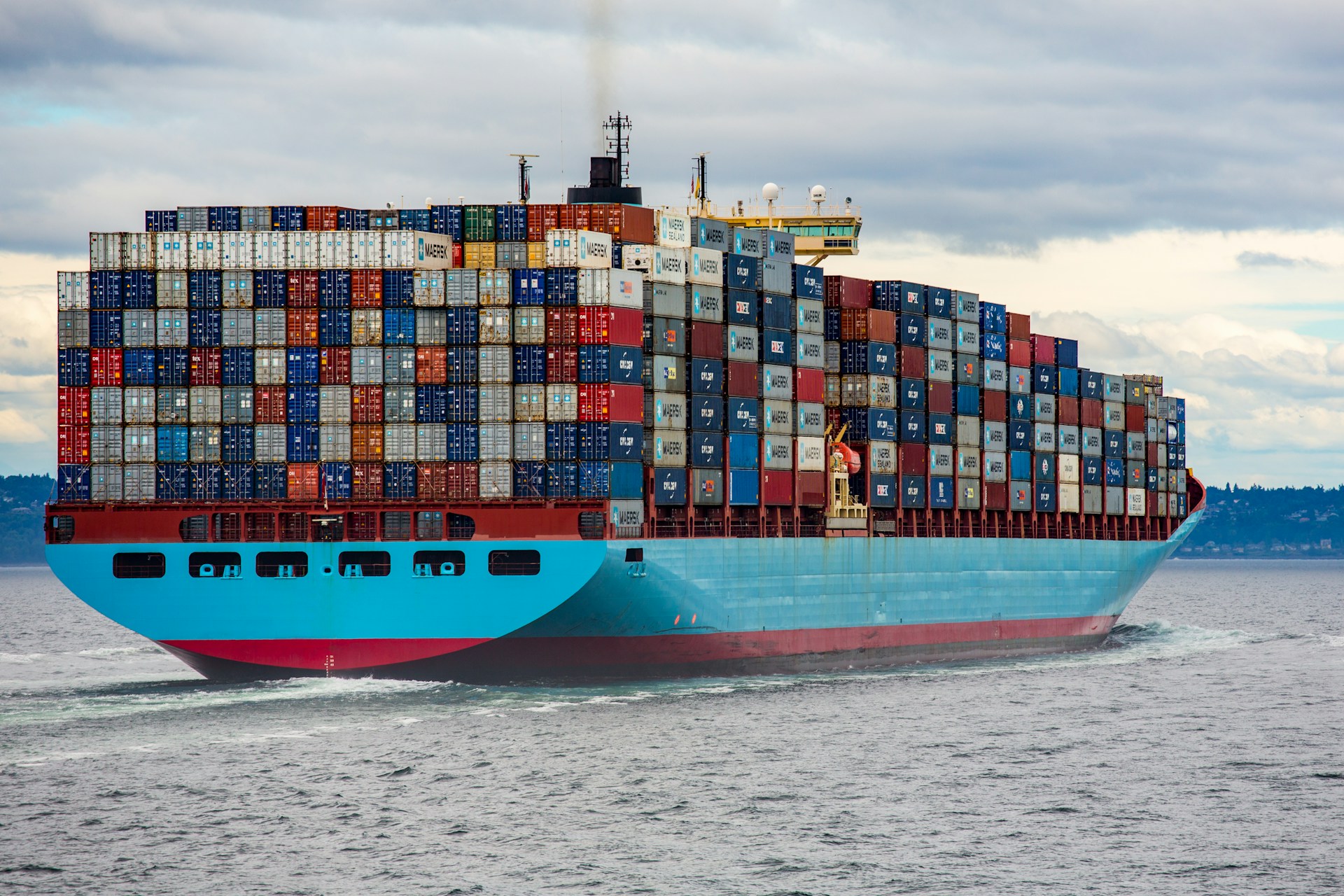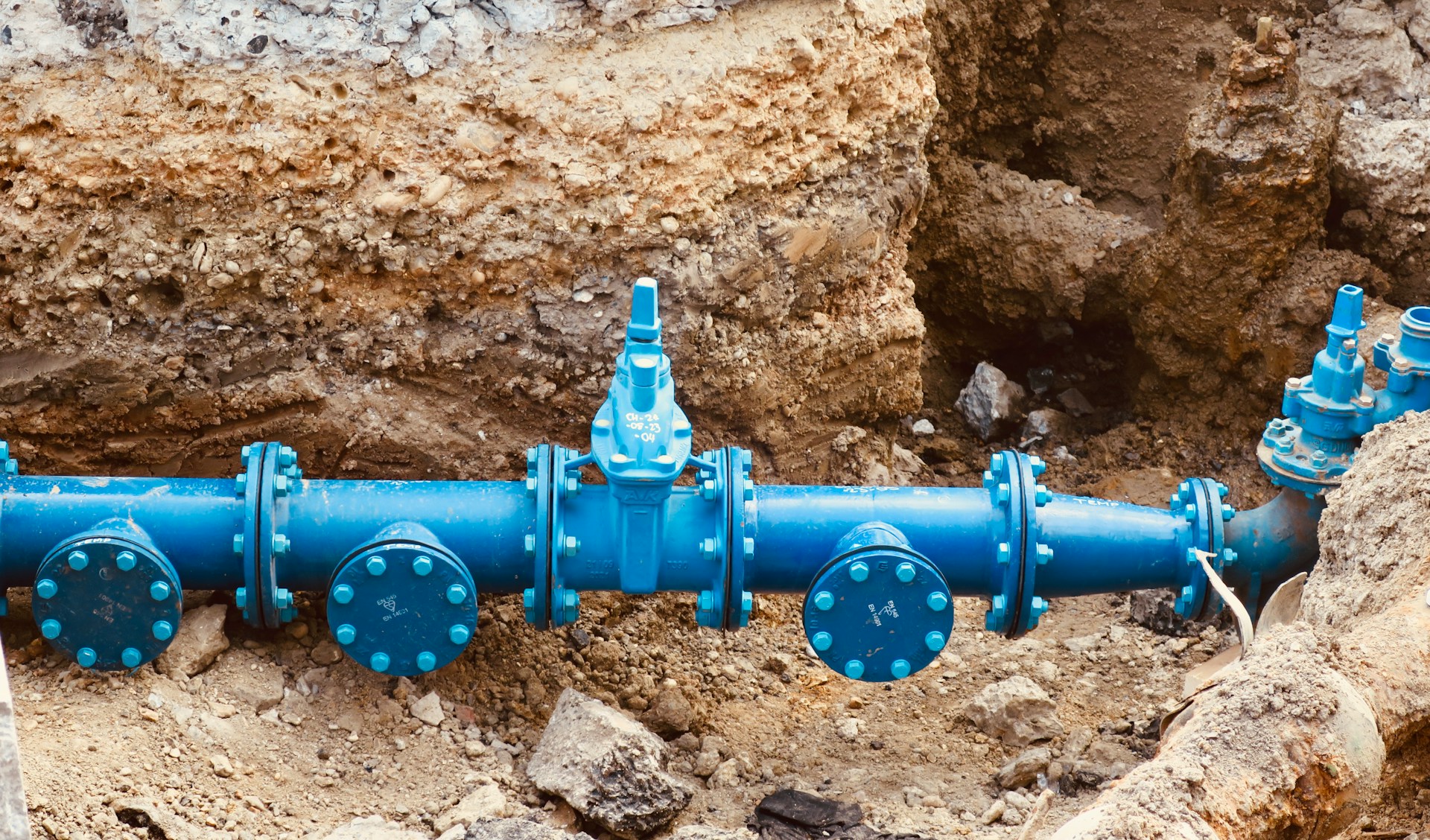Casablanca – In a bold move to reshape its energy landscape, Morocco has launched a comprehensive investment plan valued at $6 billion, aimed at expanding its oil and gas infrastructure, diversifying energy sources, and reducing its dependence on fossil fuel imports. The strategy, outlined in a recent report by consultancy firm OG Analysis, reflects Morocco’s broader vision of becoming a regional energy hub while meeting rising domestic energy demands and climate goals.
Infrastructure at the heart of the plan
At the core of Morocco’s new energy strategy is the development of liquefied natural gas (LNG) infrastructure, including the expansion of pipeline networks and the construction of new storage facilities. These efforts are designed to secure a stable and flexible energy supply in the face of global market volatility, particularly as the country’s industrial sector continues to grow.
The project will also modernize key existing assets. A major focus is the Mohammedia refinery, which will be upgraded to process a wider variety of crude oil types. This move is critical to meet the increasing demand for refined petroleum products such as gasoline and diesel within the domestic market, while also reducing the country’s reliance on imported refined fuels.
According to OG Analysis, these infrastructure investments are vital to strengthening Morocco’s energy sovereignty and ensuring long-term economic competitiveness. By enhancing domestic capacity and reducing energy import bills, Morocco aims to protect its economy from external shocks and supply disruptions.
Exploration and production: Tapping into new resources
Morocco is intensifying its exploration and production activities, particularly in the Guercif basin and offshore zones. These regions are attracting foreign partners including Sound Energy and Chariot Oil & Gas, which are helping to unlock untapped hydrocarbon reserves and accelerate upstream development.
In a significant development, helium reserves were recently discovered in Guercif — a rare and high-value gas used in medical, scientific, and space industries. This marks a potential turning point for Morocco’s natural gas sector, offering new export prospects and adding depth to its energy portfolio.
A strategic turn toward renewables
While fossil fuels remain central to Morocco’s short- and medium-term energy security strategy, the country is also placing increasing emphasis on renewable energy integration. Morocco has already established itself as a continental leader in solar and wind energy, with major projects like the Noor Ouarzazate Solar Complex gaining international recognition.
As part of its carbon neutrality ambitions, the Moroccan government plans to triple its annual investments in renewable energy, and increase spending fivefold on electricity grid infrastructure and traditional energy sources. These figures reflect the urgent need to keep pace with both climate commitments and soaring domestic demand.
Minister of Energy Transition and Sustainable Development, Leila Benali, recently stated that to maintain momentum, Morocco must boost energy investments across the board. The government estimates that more than $25 billion will be needed to fund upcoming regional interconnection projects with West African nations and Europe. These initiatives aim to turn Morocco into a vital bridge for energy transmission between Africa and Europe, offering mutual benefits in energy stability and trade.
Structural reforms and investment climate
Supporting this energy transition are broad structural reforms and regulatory incentives designed to attract foreign direct investment. Streamlined permitting processes, tax incentives, and public-private partnerships have helped improve investor confidence. Infrastructure upgrades at Jorf Lasfar, El Jadida, and Mohammedia ports are also boosting Morocco’s logistical and export capabilities, enhancing its appeal as a gateway for international energy markets.
Economic and employment impacts
The $6 billion investment is expected to have wide-ranging economic and social benefits, including job creation, increased local production capacity, and more resilient energy pricing. Moreover, by focusing on both traditional and renewable energy sources, Morocco is positioning itself to balance energy security with environmental responsibility.
Looking ahead
Morocco’s multi-tiered energy strategy marks a decisive step in transforming its energy future. Through a mix of modern infrastructure, international cooperation, and ambitious environmental targets, the Kingdom aims to secure its place as a leading energy player in the region — bridging Africa, Europe, and the Middle East. As energy demand continues to rise and climate concerns intensify globally, Morocco’s model offers a blueprint for balancing growth, sustainability, and geopolitical relevance.
